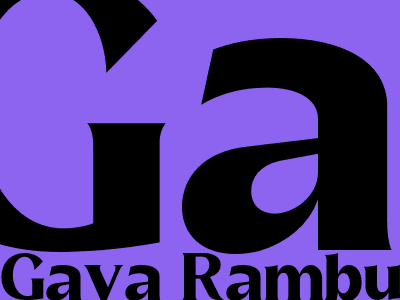Mullet Hairstyle: A Comprehensive Breakdown
Introduction
The mullet hairstyle, a timeless classic that has undergone several transformations over the years, remains a popular choice for its striking appearance and rebellious charm. This iconic hairstyle has graced the heads of rock stars, celebrities, and everyday individuals alike, and continues to inspire fashion enthusiasts with its versatility and unique appeal.
In this article, we will delve into the origins, variations, and cultural significance of the mullet haircut. We will also provide tips on how to style it, as well as a comprehensive overview of its evolution over time.
Origin and Variations
Origins
The mullet is thought to have originated among the working-class community in the early 1970s, particularly among farmers, truck drivers, and loggers. Its practicality and ease of maintenance made it a popular choice for individuals engaged in strenuous outdoor activities.
Variations
Over the years, the mullet has evolved into numerous variations, each with its distinctive characteristics:
- Classic Mullet: The traditional mullet features short hair on the top and sides, and long hair at the back, often extending beyond the shoulders.
- Modern Mullet: This variation incorporates a more refined and stylish look, with shorter hair at the back and a more graduated transition from the top to the sides.
- Asymmetrical Mullet: The asymmetrical mullet is characterized by hair that is longer on one side than the other, creating a more edgy and unconventional look.
- Curtain Mullet: This variation features long, side-swept bangs that fall over the forehead, creating a soft and romantic appearance.
Cultural Significance
Symbol of Rebellion
The mullet has often been associated with a rebellious spirit and a rejection of conventional societal norms. Its popularity among counterculture groups in the 1970s and 1980s, such as heavy metal bands and punk rockers, solidified its image as a symbol of defiance and individuality.
Fashion Revival
In recent years, the mullet has experienced a significant fashion revival, particularly among young people. Its unique and unconventional appearance has made it a popular choice for individuals seeking to express their creativity and individuality.
Styling Tips
Key Considerations
- Face Shape: Choose a mullet variation that complements your face shape. Round faces may suit shorter mullets, while oval faces can handle longer variations.
- Hair Type: Mullets can work well on most hair types, but thick or curly hair may require more styling effort.
- Lifestyle: Consider your lifestyle when choosing a mullet. If your daily routine involves a lot of physical activity, a shorter, more practical mullet may be a more suitable option.
Styling Techniques
- Blow Drying: Use a hair dryer to add volume and shape to the hair. Focus on creating a smooth transition from the top to the back.
- Hairspray: Apply hairspray to hold the mullet in place and prevent frizz.
- Accessorizing: Add a touch of flair to your mullet with accessories such as headbands, hair clips, or bandanas.
Evolution of the Mullet
Over the years, the mullet has undergone numerous transformations, reflecting changing cultural norms and fashion trends:
- 1970s: The mullet emerged as a practical and edgy hairstyle among working-class individuals.
- 1980s: The mullet became a symbol of rebellion and individuality, associated with heavy metal bands and punk rockers.
- 1990s: The mullet experienced a decline in popularity, but remained a favorite among certain groups, such as grunge musicians.
- 2000s: The mullet became a symbol of kitsch and nostalgia, often associated with ironic fashion trends.
- 2010s and Beyond: The mullet has experienced a revival in popularity, with modern variations being embraced by fashion-forward individuals seeking to express their individuality.
Conclusion
The mullet hairstyle is a versatile and iconic piece of fashion history that has transcended time and embraced by individuals from all walks of life. Its unique appearance and rebellious spirit continue to inspire and intrigue, making it a timeless classic that will likely continue to grace the heads of fashion enthusiasts for years to come.

Comments